An awesome start to Jaialdi!!!





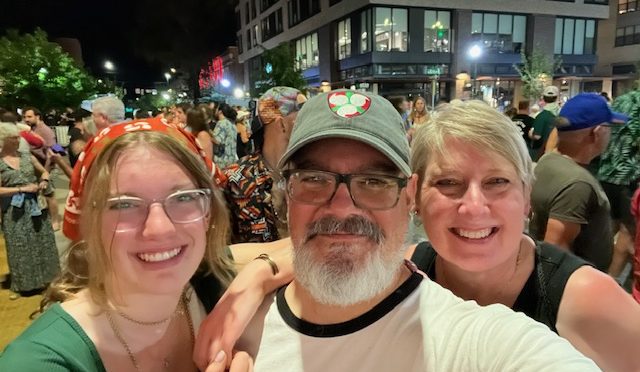
An awesome start to Jaialdi!!!





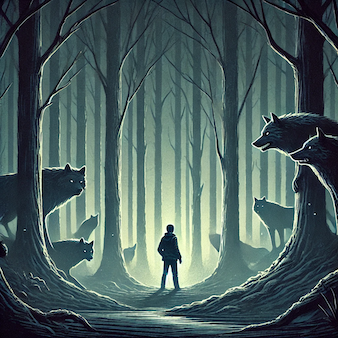
Arrotz-herri, otso-herri.
A foreign land is a land of wolves.


The Basque diaspora – those Basques that have found themselves for a multitude of reasons living and building lives outside of the Basque Country – have made significant contributions to the continued health and prosperity of Basque culture. Inspired by the motto Zazpiak Bat – the seven are one – the phrase Zortziak Bat has been used to include all of those Basques in the diaspora – the diaspora is the eighth province of the Basque Country. To recognize and celebrate the contributions of the Basques of the diaspora to Basque studies, a special symposium will be held during Jaialdi week. If you want to learn about a variety of aspects of Basque culture, check it out!

A full list of all of Buber’s Basque Facts of the Week can be found in the Archive.
Primary sources: Zortziakbat.eus

Arranoak lumak behar, txepetxak ere bai.
The eagle needs feathers, and the wren does too.
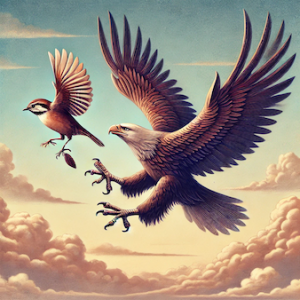
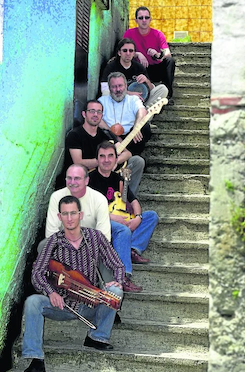
I’ve written about how, when I returned from my year in the Basque Country, I sort of shocked my dad by playing some Basque punk. However, I also came back with some folk music, including Oskorri. This, my dad could get in to. When he left the Basque Country, they didn’t have recordings of all of this music that he grew up with, so, when I was growing up, he never listened to any of it. Having a few CDs of music like Oskorri changed that for him, returned a little flavor of the Basque Country he grew up in.
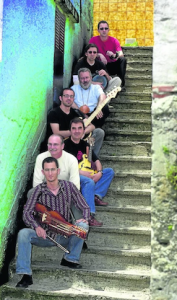
A full list of all of Buber’s Basque Facts of the Week can be found in the Archive.
Primary sources: Oskorri, Wikipedia; El último escalón de Oskorri by Iñaki Esteban, El Diaro Vasco
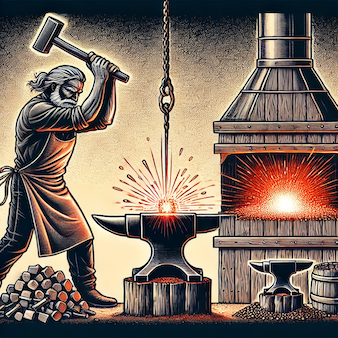
Arian, arian, zehetzen da burnia.
Working and working at it, iron can be pulverized.

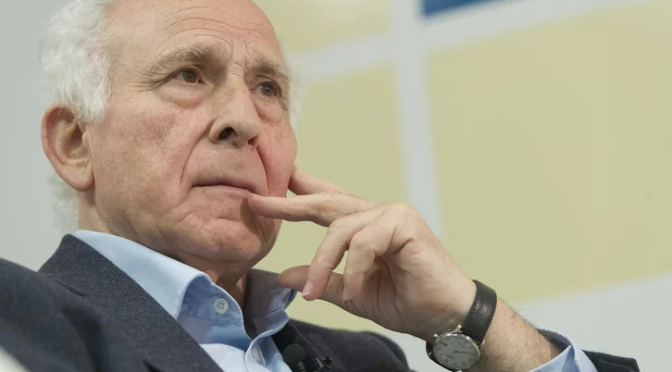
While the Basque Country has seemingly punched above its weight in terms of its contributions to history, its contributions to philosophy are perhaps less well known. On July 1, the Basque Country lost one of its heavyweights. Joxe Azurmendi was one of the intellectual leaders of the modern Basque Country. It is impossible to do justice to his thinking and contributions in such a small space, but hopefully this brief introduction might motivate some to delve deeper into his work. Thanks to Eneko Ennekõike for bringing Azurmendi and his work to my attention.
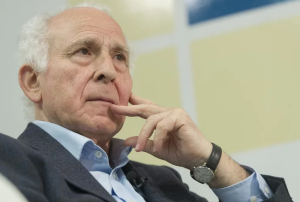
A full list of all of Buber’s Basque Facts of the Week can be found in the Archive.
Primary sources: Joxe Azurmendi, Wikipedia; Joxe Azurmendi, Wikipedia
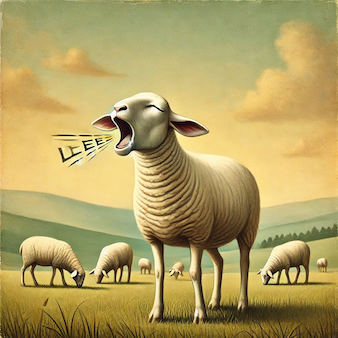
Ardiak beeka egonik, ez du jaten belarrik.
A bleating sheep eats no grass.


The three Basque cities I’ve spent the most time in are Donostia, Munitibar, and Ermua. My dad’s sister and her family settled in Ermua as that is where the job was – her husband worked for the knife company Aitor until he retired. Ermua maybe doesn’t have the charm of the coastal cities, but it has its own unique marcha and, like so many Basque towns, a vibrant street life. The Basque tradition of the txikiteo is strong there, leading to the creation of some unique and spectacular pintxos. Not every city can be a tourist trap. Ermua is a town where the people just live their lives.
A full list of all of Buber’s Basque Facts of the Week can be found in the Archive.
Primary sources: Ermua, Wikipedia; Ermua, Wikipedia; Castaño García, Manu. ERMUA. Auñamendi Encyclopedia. Available at: https://aunamendi.eusko-ikaskuntza.eus/en/ermua/ar-40057/

This article was written by Pedro Oiarzabal.
Martin, born on July 4, 1925, in Las Arenas, Getxo (Bizkaia), was one of the thousands of children evacuated by the Basque government in June 1937 to escape the aerial bombardments perpetrated by General Francisco Franco’s Italian and German allies against the civilian population. Martin and two younger brothers were sent to Belgium. At just 12 years of age, he became the head of his family during their exile and through the harsh times of World War II. In May 1940, Germany invaded Belgium. The Aguirres once again found themselves in the middle of a war.
During that last world conflict, Martin became an active member of a clandestine network in Belgium aiding and rescuing Jews from the Nazi regime. Despite being in his late teens, he saved the lives of a considerable number of children and teenage Jews. On January 11, 2011, Yad Vashem—The Holocaust Martyrs’ and Heroes’ Remembrance Authority—recognized Martin as one of “The Righteous Among the Nations.” He is one of the very few Basques recognized in this way.

Aguirre’s biographer, Dr. Pedro J. Oiarzabal, describes him “as a humble man of great integrity and honesty.” “I am proud to call him my friend,” the Basque diaspora specialist said. “As an oral historian, I began a series of interviews with Martin back in 2014 and we have stayed connected as much as possible through the years. I am still thanking him for agreeing to be interviewed and for narrating his life, which included some very painful moments and memories, which I will always treasure and protect.” Dr. Oiarzabal concludes, “we owe him so much for making this world a freer and better place under the very difficult circumstances that were World War II. We will forever be in his debt.”
Happy birthday, Zorionak, Martin!